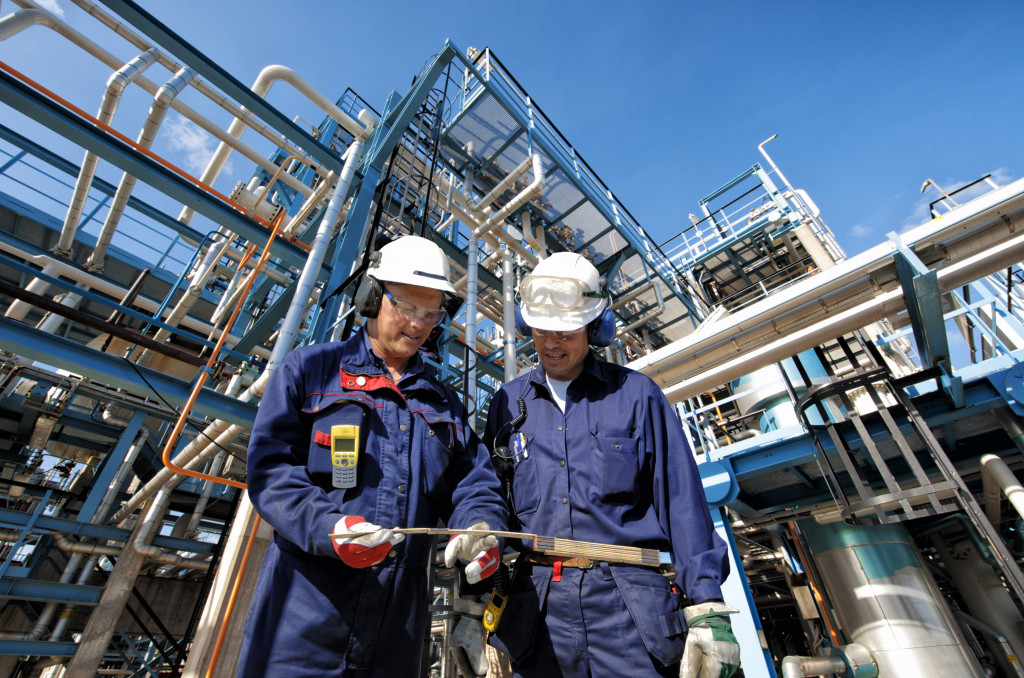Disclaimer: This website provides health information for educational purposes only and is not a substitute for professional medical advice, diagnosis, or treatment. Always seek the guidance of a qualified healthcare provider with any questions you may have.
• Understand goals to tailor the project. You can save money if you know precisely what materials are needed.
• Research different materials for optimal performance. Investing in quality industrial pipe fittings can often result in significant cost savings.
• Consider modular options for flexibility and easier installation/maintenance. These make it easier to maintain and repair in the future.
• Think about maintenance costs as well as upfront costs. Some types of pipelines may require more frequent maintenance.
• Automation technology can help reduce manual input from workers or engineers, which could result in substantial savings over time.
If you are a business leader looking to improve the cost-effectiveness of your industrial pipeline design, this blog post is for you. Here are a few key things you should know about how to save money on your industrial pipeline design without sacrificing quality.
Understand Your Needs and Goals
The first step in finding cost savings through changes in your industrial pipeline design is to understand your needs and goals. Do you need a longer or shorter pipe? What kind of materials do you want to use? How much will it cost? These questions must be answered before getting started on any project. By understanding your needs and goals, you can make sure that the project is tailored to them and can save money where possible.
Research Different Materials
Once you have determined the needs and goals of your industrial pipeline design project, it’s time to start researching different materials that could be used. Different types of materials can offer different performance levels while also affecting the project’s cost. This is why it’s essential to research what material will work best for your needs while finding ways to save money on the project where possible.
For example, investing in quality industrial pipe fittings can often result in significant cost savings. High-quality fittings are built to last longer, which means they will need to be replaced less often and require fewer repairs over time. This ultimately leads to long-term savings on your project costs.
Consider Modular Options
Another great way to find cost savings with an industrial pipeline design is by considering modular options. Modular options allow for flexibility in the design process and easier installation and maintenance in the future if needed. This makes them an excellent choice for those who want to save money without compromising quality or performance. Additionally, modular options often require fewer components than traditional designs, which can lead to further cost savings when it comes time for maintenance or repairs.
Think About Maintenance Costs

When designing an industrial pipeline system, it’s essential not only to think about upfront costs but also long-term maintenance costs as well. Some types of pipelines may require more frequent maintenance, which can add up over time if not considered when making initial decisions about material selection or construction methods. Making sure that all potential maintenance costs are taken into consideration when designing an industrial pipeline system can help ensure that long-term savings are achieved throughout its lifecycle.
Look Into Automation Technology
Finally, another way to find cost savings with an industrial pipeline system is by looking into automation technology which can help keep operations running smoothly with less manual input from workers or engineers, which could result in substantial savings over time if implemented properly. Here are the best automation technologies that you can utilize in your industrial pipeline design project:
Smart sensors
Smart sensors can be used to monitor the environment and detect changes in pressure, temperature, humidity, or other factors that could impact operations. Smart sensors can help prevent costly errors and ensure that any problems are caught early on.
Remote control systems
With these systems, you can remotely access and control your industrial pipeline system from anywhere in the world. Remote control systems can help reduce downtime and ensure that the system is running correctly at all times.
Automated valves

Automated valves can be used to control the flow of liquids or gases through a pipeline. This can help prevent costly repairs caused by manual errors or unexpected changes in the system.
PLC systems
Programmable logic controllers (PLCs) can be used to automate and control the operation of industrial pipeline equipment. This technology can help reduce the man-hours needed for maintenance and repairs, resulting in long-term cost savings.
By utilizing the best automation technologies available on the market, you can ensure that you get the most out of your industrial pipeline design project and remain cost-effective in the long run.
By understanding your needs and goals, researching different materials, considering modular options, thinking about maintenance costs, and looking into automation technology, you can find cost savings with an industrial pipeline design.
Keeping these tips in mind is sure to help any business leader save money on their project while still maintaining a high-quality standard. With the proper knowledge and resources at hand, there are plenty of ways to make intelligent decisions that will benefit both your budget and your performance.




